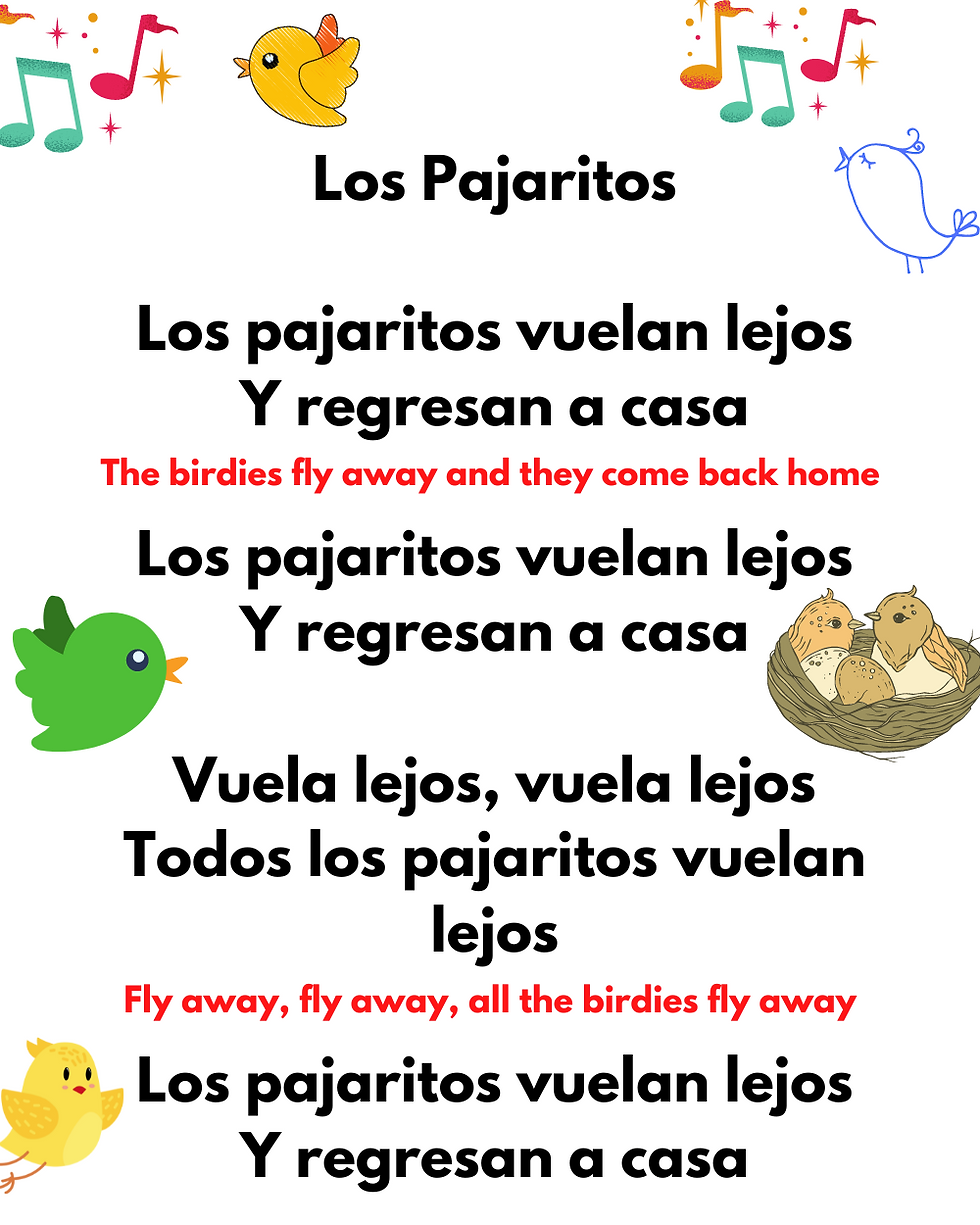Antibias Experiences For Infants, Toddlers and Preschoolers
- nanci j bradley
- Oct 1, 2022
- 3 min read
I believe that we can change the world through early childhood education. If you think it can't be done, think again. The opportunity is more than just a dream. By rough estimates, uniting the parents, teachers, and children will give us 25 million people in the United States to work with.

Since new brain research is telling us that the roadmaps of the brain are being formed during the first few years of life, to the tune of a million synapses per second, focussing on the early years only makes sense. (Harvard Center for the Developing Brain).
So where do we start? That's a good question but we have to start somewhere. Here are a few of my best tried and true methods for providing young children with antiblame, antibias and antibullying experiences that help them grow up inclusive.
Here are some ideas for musical experience starting with a letter to parents introducing our goals
Dear Parents,
It’s our goal at ___________ to include each other and celebrate who we are! In an effort to get to know everybody a little bit better, we’d like to ask for some help with musical activities for the month of _____________.
Think about what types of music you enjoy in your household. It might be dance music, cultural music or just plain fun. We’ll be asking you to sign up and send your favorite (family friendly, non-explicit) dance music in and we’ll feature it and your child on one particular day.
Look for the sign up material in your email w/more details. We want to celebrate who you are together!
Warmly,
The Teachers and Staff at __________________
Bathing Babies https://www.ecrocks.org/post/bathing-dollies
Twinkle, Twinkle in Japanese, Spanish and English


The Birdies

Fe Fi Fo Fum
El Coqui
citations
Anne., Bailey, Becky A. , Ph.D., Bailey, Rebecca. I Love You Rituals: Fun Activities for Parents and Children. HarperCollins Publishers Inc., 2000.
Bailey, Rebecca Anne, and Elizabeth Montero-Cefalo. Baby Doll Circle Time. Loving Guidance, 2012.
Bailey, Rebecca Anne. There's Got to Be a Better Way: Discipline That Works! Loving Guidance, 2003.
Banaji, Mahzarin R., and Susan A. Gelman. Navigating the Social World What Infants, Children, and Other Species Can Teach Us. Oxford University Press, 2014.
Borba, Michele. Thrivers: The Surprising Reasons Why Some Kids Struggle and Others Shine. G. P. Putnam's Sons, 2022.
Borba, Michele. Unselfie: Why Empathetic Kids Succeed in Our All-about-Me World. Touchstone, 2016.
“Center on the Developing Child at Harvard University.” Center on the Developing Child at Harvard University, 4 Dec. 2017, https://developingchild.harvard.edu/.
Chen, Yasheng, et al. “More Insights into Early Brain Development through Statistical Analyses of Eigen-Structural Elements of Diffusion Tensor Imaging Using Multivariate Adaptive Regression Splines.” Brain Structure and Function, vol. 219, no. 2, 2013, pp. 551–569., https://doi.org/10.1007/s00429-013-0517-7.
Derman-Sparks, Louise, et al. Anti-Bias Education for Young Children & Ourselves. National Association for the Education of Young Children, 2020.
Faber, Adele, and Elaine Mazlish. How to Talk so Kids Will Listen and Listen So Kids Will Talk. Piccadilly, 2013.
Gramling, Michael. Great Disconnect in Early Childhood Education. Redleaf Press, 2015.
Greenspan, Stanley I., and Nancy Breslau Lewis. Building Healthy Minds: The Six Experiences That Create Intelligence and Emotional Growth in Babies and Young Children. Perseus Pub., 2000.
“Highscope Perry Preschool Study.” The SAGE Encyclopedia of Contemporary Early Childhood Education, 2016, https://doi.org/10.4135/9781483340333.n189.
Jones, Elizabeth, and John Nimmo. Emergent Curriculum. National Association for the Education of Young Children, 1994.
“Learning & Development: Sand Play - under-Threes.” Nursery World, vol. 2009, no. 6, 2009, https://doi.org/10.12968/nuwa.2009.9.6.1092987.
Lee, Regina, et al. “Effects of an Unstructured Free Play and Mindfulness Intervention on Wellbeing in Kindergarten Students.” International Journal of Environmental Research and Public Health, vol. 17, no. 15, 2020, p. 5382., https://doi.org/10.3390/ijerph17155382.
Loyola University, http://www.luc.edu/.
Neuman, Susan B. Developmentally Appropriate Practices for Young Children. National Association of Young Children, 2000.
“NICHD Study of Early Child Care and Youth Development (SECCYD) Historical/for Reference Only.” Eunice Kennedy Shriver National Institute of Child Health and Human Development, U.S. Department of Health and Human Services, https://www.nichd.nih.gov/research/supported/seccyd.
Pattinson, Samuel. The Whole Brain Child: Guide to Raising a Curious Human Being and Revolutionary Strategies to Nurture Your Child's Developing Mind. Samuel Pattinson, 2020.
Pica, Rae. What If We Taught the Way Children Learn?: More Straight Talk about Bettering Education and Children's Lives. Corwin, a SAGE Company, 2021.
Rosenberg, Marshall B. Nonviolent Communication: A Language of Life. PuddleDancer Press, 2015.
Shore, Rima. Rethinking the Brain: New Insights into Early Development. Families and Work Institute, 2003.
Siegel, Daniel J., and Tina Payne Bryson. The Whole-Brain Child: 12 Revolutionary Strategies to Nurture Your Child's Developing Mind. Brilliance Audio, 2012.
Stone, Sandra J., and Gail Lindsey. “Reviews of Research: Brain Research and Implications for Early Childhood Education.” Childhood Education, vol. 75, no. 2, 1998, pp. 97–100., https://doi.org/10.1080/00094056.1999.10521992.
Iruka, Iheoma U., et al. Don't Look Away Embracing Anti-Bias Classrooms. Gryphon House, 2021.
Anti-Bias Curriculum for the Preschool Classroom. Redleaf Press, 2021.
Tgeer. “Making and Breaking Connections in the Brain.” UC Davis Center for Neuroscience, 13 Apr. 2021, https://neuroscience.ucdavis.edu/news/making-and-breaking-connections-brain.
“Understanding The.” MSU Extension, https://www.canr.msu.edu/news/understanding_the_upstairs_and_downstairs_brain.




Comments